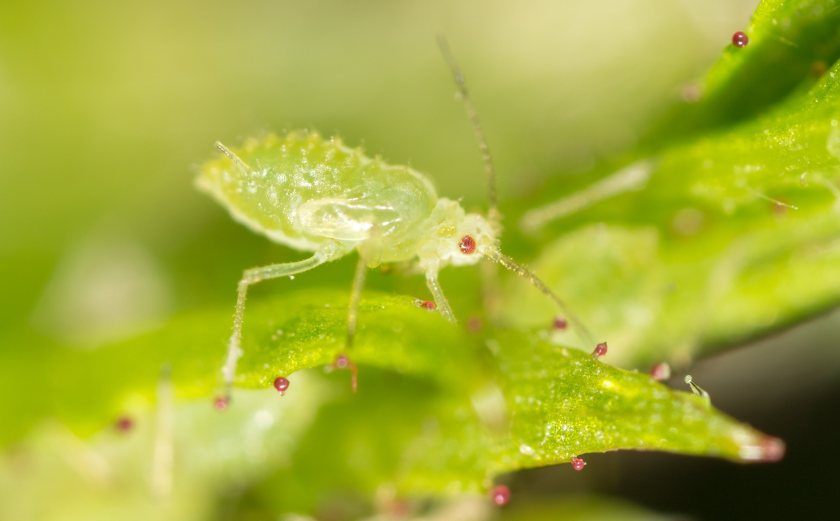
Researchers are studying the previously unknown flight mechanisms of a common crop pest to learn more about their movements in a bid to improve food security.
Using state-of-the-art camera technology, the team took ultra slow-motion videos of aphids in flight to learn more about the biomechanics and physical mechanisms which they use to fly.
Much of which was previously unknown, despite being crucial to understanding their migratory behaviour.
It is estimated that crop losses caused by aphids could be as high as £190 million every year.
The footage will help researchers understand more about aphids’ flight patterns and behaviour, which in turn will help them learn more about how aphids are affected by diseases and viruses which can cause crop losses.
Aphids often don’t affect plants directly by their feeding behaviour. Instead, the damage is indirectly caused by viruses that are transmitted by the aphids during feeding.
Although methods to control their populations already exist, these often involve killing the aphids off, depriving birds and other species of an important food resource.
Researchers are therefore studying new methods of managing these pests that do not involve lethal force such as pesticides.
Scientists believe they could use footage like this to better identify which insects are carrying disease or viruses, and deploy control strategies accordingly to manage them.
Professor James Bell, from Keele’s School of Life Sciences, who led the research, said: “If we are to make progress in improving food security, major challenges must be overcome to protect our crops.
"In particular, to inform the risk of virus transmission, we need to build on this research to understand the energetic cost of flight for aphids over short and long distances.”
